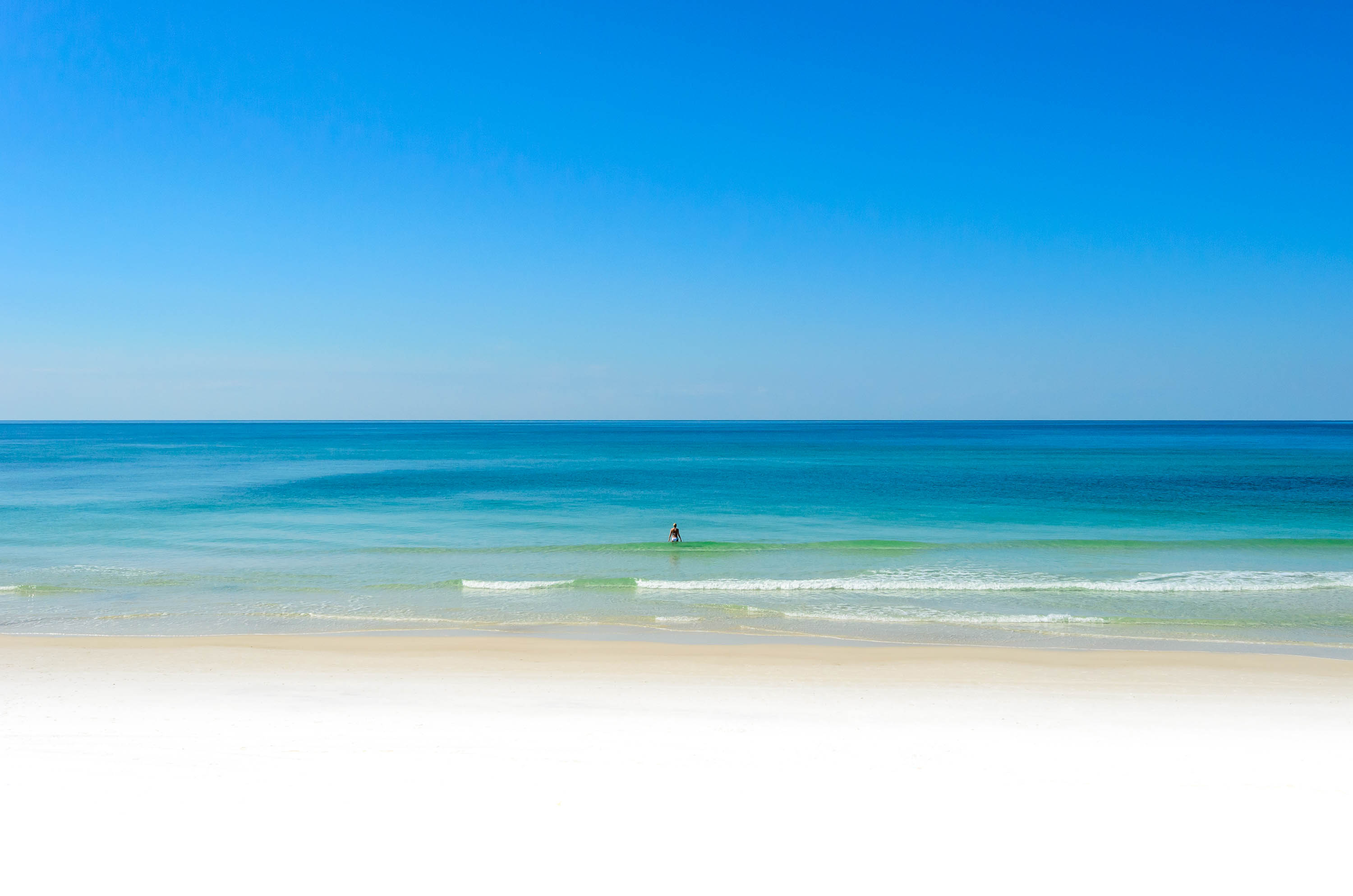http://news.yahoo.com/s/ap/20070224/ap_on_sc/threatened_coasts
HAPPISBURGH, England - A 12-bedroom guest house, with beautiful views of the North Sea, a lighthouse and sandy beaches, sounds like prime real estate.
But Cliff House is nearly worthless.
The offshore wooden barrier that once protected the sand and clay cliffs of this stretch of eastern English coast has broken apart, and the government has decided that with the expected rise in sea levels and storm surges that experts attribute to global warming, some vulnerable coastal areas are no longer worth defending.
"The next big storm could take us away," said Diana Wrightson, one of two elderly women who bought Cliff House 26 years ago, assuming the coastline would always be protected.
Predictions of rising sea levels usually envision the low-lying islands of the south seas, or cyclone-prone Bangladesh, as the most vulnerable victims. But Britain is part of a growing club of rich countries whose coastal populations feel threatened.
Hurricane Katrina looked to many like the shape of things to come when it devastated New Orleans in 2005. Venice is building up its defenses. Holland is rethinking its famous seawalls.
The fears have grown more acute following the release this month of a report by scientists from 113 countries forecasting temperature rises of 2 to 11.5 degrees Fahrenheit and sea level rises of 7 to 23 inches by the end of the century. It says global warming is almost certainly man-made.
Britain's own "Stern Review," a sweeping report about climate change, says unless action is taken, rising sea levels, heavier floods and more intense droughts could displace 200 million people worldwide by the middle of the century.
Ronan Uhel, a top official at the European Environment Agency in Copenhagen, said the situation in Happisburgh shows that governments and insurance companies have finally started letting the public know that it will have to do more than buy fuel-efficient cars and better light bulbs to fight global warming.
He said citizens are being shown they can't keep building homes on islands and near lowlands and coastlines, especially in vulnerable areas where it no longer makes sense to rebuild offshore barriers.
In countries like Britain, "a national debate is just starting about what is an appropriate policy of adaptation to climate change," Uhel said in an interview. "People are just beginning to realize the risks of global warming and the big lifestyle changes that may be needed to brace for them."
Late last year, a new law took effect in England and Wales whereby the government decides whether it makes sense, economically and environmentally, to rebuild barriers.
For Happisburgh, 135 miles northeast of London, the answer was no.
"Basically, whatever we do to reduce greenhouse emissions we're going to face about one meter (3.3 feet) sea level rise on the east coast of England in the next 100 years," Clive Bates, a top official at the British government's Environment Agency, told The Associated Press.
"Either we won't be able to defend part of the coast, or it will be too expensive to do it. One of the most troubling issues for us is to decide where we can no longer sustain coastal defense, where we basically need to warn people to retreat," he said.
Happisburgh, on the East Anglia coast, has always been vulnerable, and accounts of houses, lighthouses or farmland collapsing into the sea date back to the early 19th century.
"But the rate of erosion there now is phenomenal, in excess of 10 meters (33 feet) a year, because of sea level rise, the collapse of its offshore barrier and the fact that southeastern England is sinking," Dr. David Viner, a senior scientist at the Climatic Research Unit at the University of East Anglia, said in an interview.
Viner said sea levels are now rising about 3 millimeters a year in that area, increasing to as much as 10 millimeters a year because of global warming. A millimeter is about the thickness of a paper clip.
"These areas were previously defended, but the government is now making it clear for the first time that while it will not let economically important areas such as London flood, it will no longer defend relatively low-value areas such as Happisburgh village, where the rate of erosion will continue to increase," he said.
Since 1990, when Happisburgh's offshore wooden barrier began to break apart, exposing its soft cliffs to pounding from the North Sea, about 25 bungalows have been lost to erosion in the picturesque village of 850 people.
Cliff House now sits about 15 feet from the cliff and no longer accepts visitors.
Wrightson and her partner have rented a home further inland. They will get no insurance payoff or government compensation for the loss of Cliff House.
The Environment Agency has no overall figures for land loss, but is mapping the projected erosion risk nationally over the next 100 years.
"Whatever the climate change predictions of the future, the number of residential areas that already are suffering from the impact of more erosion, higher sea levels, storm surges and increased risk of flooding are being broken every year," said Paul Van Hofwegen of the World Water Council, a think tank based in Marseille, France.
Britain is already taking steps such as strengthening a barrier that prevents the River Thames from flooding riverside landmarks such as the Houses of Parliament.
Meanwhile, Venice is sinking while the Adriatic Sea is rising, sometimes flooding St. Mark's Square, the most visited spot in the fabled city.
In 2003 authorities approved a $5.5 billion project dubbed Moses, after the biblical figure who parted the Red Sea, to plant hinged barriers in the seabed just off Venice which can be raised when tides get too high.
Low-lying Holland has waged a battle against the ocean for centuries, building a massive network of dikes and windmill-driven pumps. After a devastating 1953 flood killed 1,835 people, it launched the Delta Project, one of the world's largest engineering projects, consisting of storm surge barriers, giant sluices and dams.
Now, just as the 50-year project has reached completion, fear of climate change has shifted the theory of disaster control away from blocking floodwaters to managing them. It involves selectively breaching the dikes at key pressure points to ease the destructive force and allow the water to flood unpopulated areas.
___














